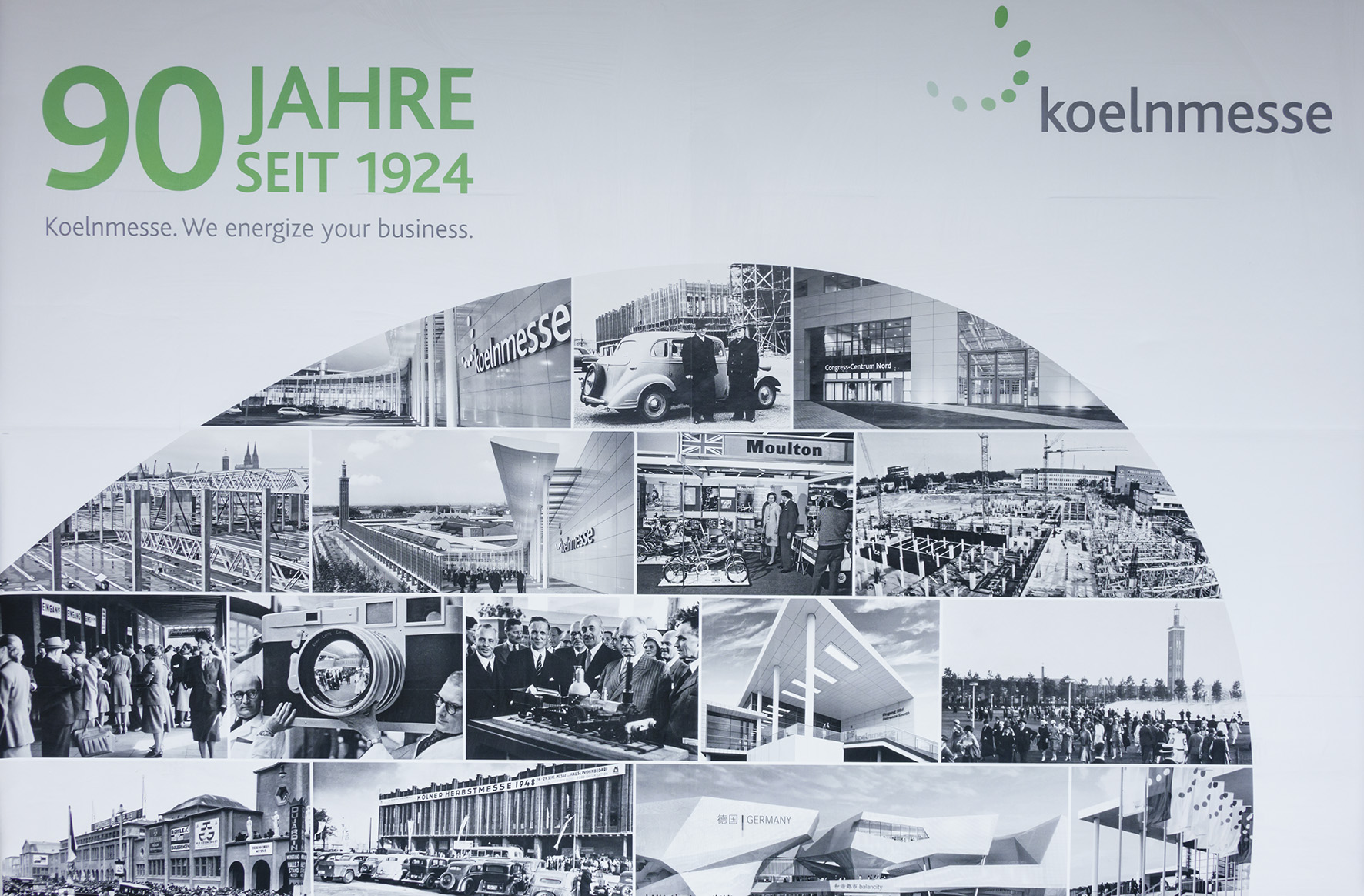
photokina calls it a day
Received from the organisers today – and we don’t honestly see that it will return in the same form, ever. Perhaps some other technology show, as it already encompassed digital comms, design, film-making, 3D printing and many other non-photo things. Or perhaps – is it too much to hope? – a show once again mostly about photography:

photokina will be suspended until further notice
After 70 years, decreases in the imaging market force a hard cut
In view of the further massive decline in markets for imaging products, Koelnmesse has decided to discontinue organising photokina at its Cologne location for the time being. “Unfortunately, at present the framework conditions in the industry do not provide a viable basis for the leading international trade fair for photography, video and imaging,” according to Gerald Böse, President and Chief Executive Officer of Koelnmesse. “This hard cut after a 70-year shared history was very difficult for us. The trend in this industry, with which we have always had a close and trusting partnership, is very painful for us to witness. But we are facing the situation with a clear, honest decision against continuing this event, a decision to which, unfortunately, we have no alternative.”
Even before the coronavirus pandemic began, the imaging market was already subject to strong upheaval, with annual declines in the double digits. The momentum in this direction intensified massively in 2020, most recently reporting a decline in the 50-percent range. Recently, these developments have had a profound effect on photokina, which – in Cologne since 1950 – for generations has been the top address for the imaging industry and ranks among the most favourably and emotionally charged brands in the trade fair world.
Since 2014, Koelnmesse, together with the German Photo Industry Association, has taken its cue from downward market trends, responding with adjustments to the underlying concept of the trade fair as well as considerable investment in new exhibitor and visitor segments. “These changes in conceptual design, along with a shift in intervals and a change of dates, did not fundamentally improve the situation of the event,” says Oliver Frese, Management Board member and Chief Operating Officer of Koelnmesse. “While there are more photographs taken today than ever before, the integration of smartphone photography and videography, together with image-based communication, e.g. via social media, was not able to cushion the elimination of large segments of the classic market. As a result, the overall situation is not compatible with the quality standards of photokina as a globally renowned brand representing the highest quality and professionalism in the international imaging market.”
Koelnmesse has made its decision in close coordination with the German Photo Industry Association. Kai Hillebrandt, Chairman of that association, remarked: “Our partners in Cologne have done everything in their power to maintain photokina as the leading global trade fair. Nonetheless, an event held in 2022 could not have met the expectations of the entire imaging community that those efforts were intended to serve. That is why we, on behalf of our association, are joining them in taking this regrettably unavoidable step. We would like to take this opportunity to thank the team in Cologne for a tremendous 70 years together!”
Your contact:
Guido Gudat
Vice President Corporate Communications







